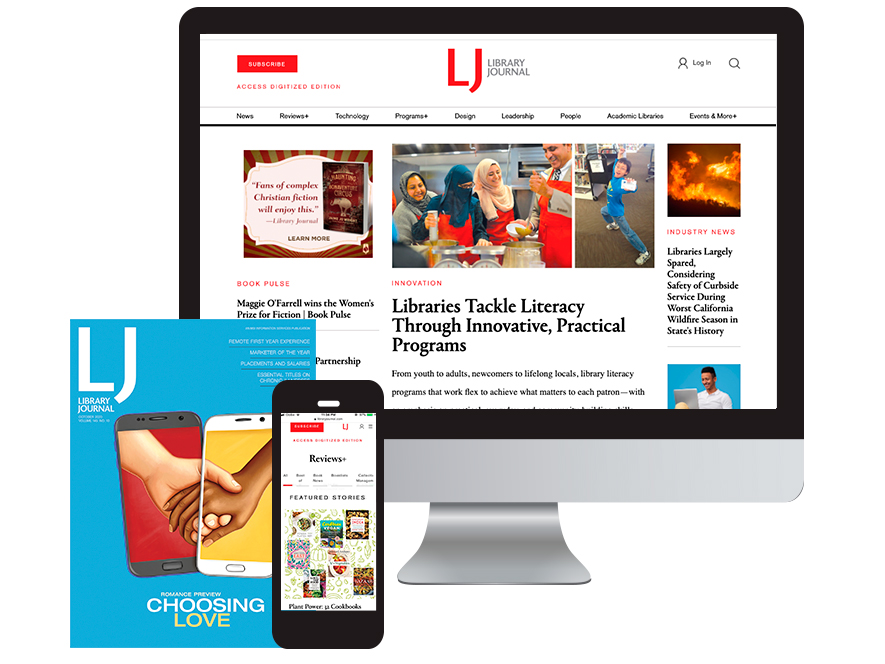Accessible, Not Just Discoverable: Ensuring Accessibility in Digital Collections | ALA Annual 2021
During the American Library Association (ALA) Virtual Annual Meeting, Lauren Geiger, metadata librarian, and Emily D. Harrison, digital projects specialist, both from Mississippi State University Libraries, discussed how to ensure that accessibility in digital collections is not limited to discoverability.
 During the American Library Association (ALA) Virtual Annual Meeting, attendees listened an on-demand session in which two speakers from Mississippi State University Libraries discuss how to ensure that accessibility in digital collections is not limited to discoverability.
During the American Library Association (ALA) Virtual Annual Meeting, attendees listened an on-demand session in which two speakers from Mississippi State University Libraries discuss how to ensure that accessibility in digital collections is not limited to discoverability.
Lauren Geiger, metadata librarian, introduced herself and fellow speaker Emily D. Harrison, digital projects specialist. The session included information on updating a digital workflow to include more accessibility checkpoints and improve the accessibility of digital archival and special collections materials.
Geiger started the discussion with five definitions of accessibility and focused on the most recent: Easily used or accessed by people with disabilities or adapted for use by people with disabilities. She stated that if available resources are as inclusive as possible for all people, with or without disabilities, they are more useful for the general population. Geiger and her fellow speaker Harrison paired this definition of accessibility with the concept of discoverability for the purposes of this session.
The Americans with Disabilities Act (ADA), said Geiger, passed in 1990, was further expanded in 2008 with Title I, II, and III. All three are applicable to libraries' public spaces, responsibilities to patrons with disabilities, and employment of staff. The initial focus on brick-and-mortar spaces has expanded to digital resources; it helps to have specific guidelines for these.
One place to find such guidance is the Web Content Accessibility Guidelines (WCAG), a technical standard that is continuously updated (version 3.0 is currently in use) and developed “in cooperation with individuals and organizations around the world, with a goal of providing a single shared standard for web content accessibility that meets the needs of individuals, organizations, and governments internationally.” WCAG often focuses on a specific annual topic; this year’s topic is web accessibility on phones.
According to WCAG, there are four principles of accessibility: 1. Perceivable (i.e. alternative text, captions, descriptive audio, color choice, color contrast, text spacing, and relationship between objects), 2. Understandable (i.e. language use, navigation, avoiding and correcting mistakes), 3. Operable/physical interaction with the webpage (i.e. keyboard access vs. mouse access, timing, navigation, and animation), 4. Robust (i.e. compatibility with other software). These can also be seen as “layers.” The WCAG categories for success fall under A (lowest conformance), AA (meets all of A and AA conformance), and AAA (meet previous layers and own level). Geiger provided an audio/visual example of meeting these criteria: A - captions on pre-recorded video, AA - captions on a live video, AAA - sign language on a live or prerecorded video with captions.
Universal design (UD) is another accessibility principle that seeks to create “an environment so that it can be accessed, understood, and used to the greatest extent possible by all people regardless of their age, size, ability, or disability.” According to the Centre for Excellence in Universal Design with the National Disability Authority, there are seven principles of equitable use; flexibility in use; simple, intuitive use; perceptible information; tolerance for error; low physical effort; and size and space for approach and use. This principle is broader than the WCAG or ADA. All of the principles from the ADA, WCAG, and Universal Design can be used to help improve accessibility in descriptions and digitized materials.
Accessibility by material type depends on what kind of object is digitized and also overlaps with accessibility by file type, with some differences (for example, handwritten texts and recordings should have transcripts, while printed text can be paired with OCD PDF, tags, and alternative text). Another way to increase the accessibility of an object is to focus on its metadata (i.e. Dublin Core, PBCore, and Cataloging Cultural Objects). An alternative title element can be used to create more descriptive titles and improve outdated language. Using simple and plain language helps to ensure that vocabulary does not become a barrier to access. The order of the metadata elements can also be manipulated to increase accessibility, with descriptive information first.
Geiger concluded her remarks by suggesting thinking about accessibility during the brainstorming stage, then planning stage, followed by the digitization stage and metadata creative stage, and a final check before the uploading content stage.
Harrison picked up the instruction around incorporating the aforementioned principles into the workflow by describing four phases of establishing an accessibility policy: research, assessment, testing (of multiple file types), and executing. Research includes taking notes on other institutions, having up-to-date policies for WCAG and ADA, and asking internally what accessibility will mean for your digital collections (type of material, audiences and their needs). This also includes capacity questions about what levels can be met and how much will be done by the team or whether you will need to include other departments. Once the policy is created, make sure that the policy itself is accessible to the user (broken down by type of material).
To conclude, Harrison stated that accessibility is not for master or preservation files, but for web service or access files. The workflows can be used for both retroactive and new collections. Harrison emphasized that it is important to find a workflow that suits an institution’s materials, capacity, users, and employees.
RELATED
ALREADY A SUBSCRIBER? LOG IN
We are currently offering this content for free. Sign up now to activate your personal profile, where you can save articles for future viewing









Add Comment :-
Comment Policy:
Comment should not be empty !!!